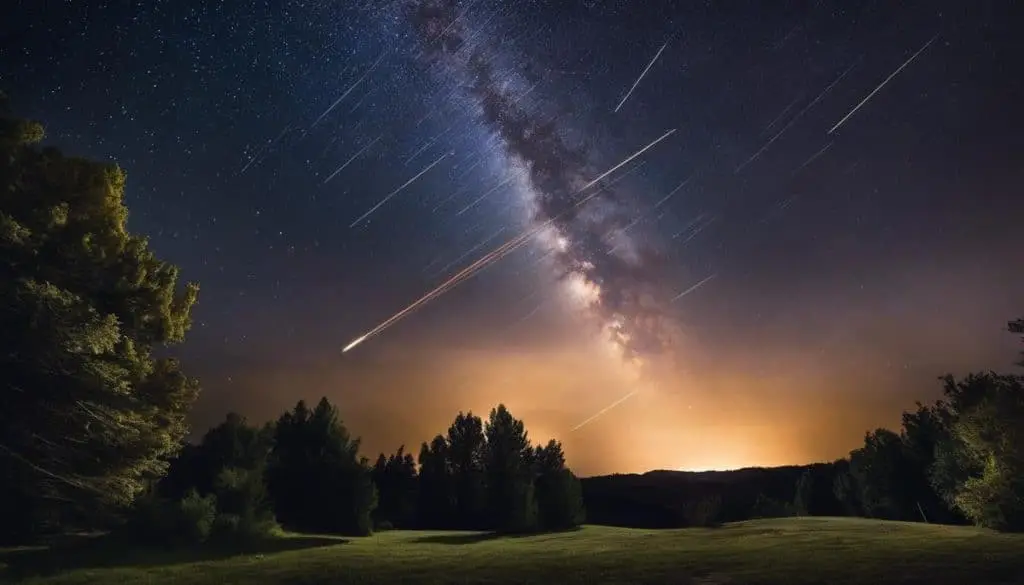Strange Phenomena in American Skies. In the vast expanse of American skies, a remarkable array of strange phenomena have ignited the wonder and curiosity of onlookers. These anomalous occurrences, ranging from perplexing light formations to unexplained atmospheric conditions, have sparked everything from widespread fascination to rigorous scientific inquiry. Historical records brim with accounts of these sky phenomena, replete with detailed descriptions of every unusual event. Such records, examined through the lens of scientific interpretations, enable us to uncover the underlying meteorological or celestial patterns at play. However, our understanding of these phenomena has also been augmented by the rapid technological advancements that have transformed the methods of documentation and analysis. Together, all these elements work towards creating a deeper, more thorough comprehension of the oddities in our skies.
Historical accounts of sky phenomenons
An Exploration of Documented Historical Episodes Indicating Unexplained Aerial Phenomena in American Skies
The study and scrutiny of unexplained aerial phenomena (UAP), colloquially known as ‘UFOs’, have long been points of fascination and scholarly attention in the scientific community. The contexts of these phenomena are heralded not merely within the realm of pop culture, but are firmly planted within the heart of bona fide historical events. This article aims to illuminate several well-documented occurrences of UAP in the United States and explore their historical significance.
-
The Battle of Los Angeles (1942)
This event, also known as ‘The Great Los Angeles Air Raid,’ is considered one of the most tangible instances of UAP encounters in history. Occurring three months after the infamous Pearl Harbor attack during World War II, radar registered an unidentified target over the city, triggering blackouts and a massive payload of anti-aircraft artillery in response. Although declared a case of ‘war nerves,’ the entity’s origin and nature remain inconclusive.
-
Kenneth Arnold Sighting (1947)
Perhaps no single incident did more to ignite the public intrigue surrounding UAP than Kenneth Arnold’s sighting over the Cascade Mountains in Washington state. Arnold, a respected pilot and businessman, convincingly reported seeing flying objects moving at phenomenal speeds and performing maneuvers that defied conventional aviation capabilities.
-
The Roswell Incident (1947)
It is impossible to explore UAP accounts without mention of the infamous Roswell incident. Initially reported as a ‘flying disk’ recovery, the military later reclassified the debris as a weather balloon. Sensational theories about extraterrestrial activities persist, rendering the Roswell event an integral component of UAP historical narrative.
-
The Phoenix Lights Incident (1997)
In March 1997, thousands of Arizona residents reported observing an enormous V-shaped object running silently over Phoenix, amid various reports of unexplained illuminations congregating in a similar shape. Although authorities attributed the lights to military flares, the magnitude of eyewitnesses and the dearth of satisfying explanations continue to provoke speculation.
-
The USS Nimitz Encounter (2004)
Perhaps most compelling amongst recent UAP encounters, the USS Nimitz event encompasses a combination of eyewitness testimony from trained military personnel, radar tracking data, and infrared footage. The recorded interaction demonstrated aerial objects exhibiting seemingly otherworldly agility and speed, which remain inexplicable to established aviation technology and physics.
These instances represent just a snippet of the historical UAP interactions within the American skies, contributing to a broader narrative that undeniably stimulates intellectual curiosity. While the pursuit of definitive explanations remains ongoing, the significance of UAP sightings within historical contexts underscore the necessity for continued exploration and investigation. As an academic community, the diligence to further inquiry, driven by an undeterred fascination for the unexplained, fuels the quest for veracity amid the enigma.

Photo by neonbrand on Unsplash
Scientific interpretations of sky phenomenons
Expanding Horizons: Scientific Interpretations of Unexplained Sky Phenomena
Although legends and anecdotes from encounters with unexplained phenomena in the sky have long been relegated to campfire stories and sci-fi speculation, empirical science provides a myriad of more grounded explanations. Analyzing these cases with an academic lens helps unveil the often-unnoticed intricacies of our atmospherical and cognitive operations.
Take, for instance, the 1952 Washington, D.C. UFO incident. During this episodic occurrence, prestigious radar operators detected unidentified flying objects darting across the capital’s sky, prompting paranoia and fevered news coverage. However, scientific investigations revealed that temperature inversion —where warmer air strata trap cooler layers and prevents vertical mixing— could cause radar signals to bend and generate ambiguous blips.
Another enigmatic event is the Hessdalen Lights, which appear sporadically in Norway’s Hessdalen Valley. This unexplained nocturnal light show captivated scientists and enthusiasts alike. Initiating the Hessdalen research project, scientists documented and analyzed these lights. The data collected suggested that the lights were possibly resulting from an unknown natural battery caused by metal-filled rocks and a sulfur-rich river running through the valley. By explicating this phenomenon, this project highlighted geological currents’ potential for energy and light emissions.
Uniformly perplexing was the 1976 Tehran UFO Incident, where Iranian jets tried to intercept an unexplained bright object reported by multiple civilians. Various electronic issues occurred when nearing the light source, indicating possible strong electromagnetic interference. However, as aircraft systems are resilient to common electronic hitches, this event has fed into research exploring the upper limits and loopholes of electromagnetic resilience in aviation technology.
Conversely, the O’Hare International Airport UFO sighting (2006) brings us to consider psychological aspects of unexplained phenomena. Ground crew and pilots reported sighting a metallic saucer-like object above the airport. The lack of radar evidence suggests mass hallucinations or groupthink, wherein the societal and pop-culture stereotype of a “UFO” influenced the eyewitnesses’ perceptions.
Last, the 1980 Rendlesham Forest incident, an alleged UFO landing in the United Kingdom, drew attention worldwide. It includes a range of perceptions, from bright lights in the sky to down-to-earth imprints and radioactivity. Research is ongoing, but proposed natural interpretations involve lighthouse interference and a meteor shower. The disparity among observers’ recountings also provides valuable insight into human perception’s malleability and effect on observational reports.
These unexplained phenomena, albeit mysterious, can elucidate deeper knowledge about environmental and cognitive processes. By examining these extraordinary cases through the lens of scientific curiosity and elemental understanding, there is an opportunity to demystify our fascinating universe in challenging yet ultimately rewarding ways.
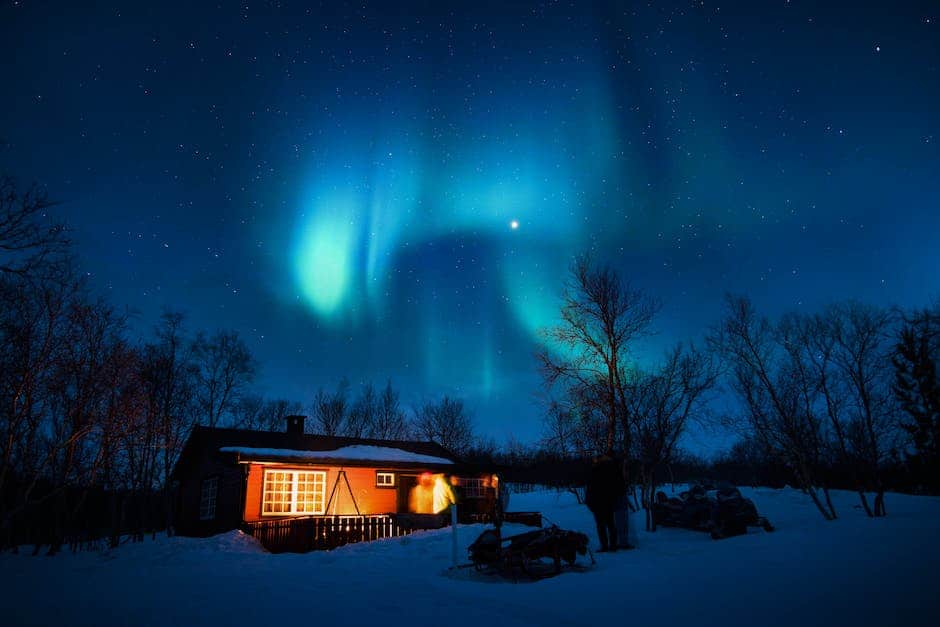
Role of technology in documentation and analysis
The Intersection of Technology and Sky Phenomena Documentation: A Historic Perspective
The undeniable surge in technological advancements in the 21st century has dramatically impacted all facets of society, including our ability to document and analyse sky phenomena. A glance back into the annals of history is a testament to the extent of this influence.
After well-documented sky events of the 20th century, the advent of radar technology shone a spotlight on the enigmatic sky phenomena known as UFOs. The 1952 Washington, D.C. UFO incident serves as a prime example. The unidentified flying objects that caused a stir in the nation’s capital were tracked by radar, lending an unexpected credibility to eyewitness accounts. The role of temperature inversion in creating false radar echoes shaped the analysis and interpretation of such events.
Similarly noteworthy is the sustained light phenomenon in Hessdalen, Norway. This enduring enigma presented an excellent opportunity for technological intervention. A research project initiated in 1983 applied state-of-the-art scientific equipment to probe the phenomenon’s possible geological origins. Spectrometers, magnetometers, and Geiger-Müller counters are now regularly used to collect data, leading to ongoing analysis of the light’s mechanisms.
When evaluating sky phenomena, it is also crucial to consider their impact on the technological framework, as demonstrated by the 1976 Tehran UFO event. The incident’s investigation emphasized the UFO’s apparent ability to disrupt electromagnetic frequencies, influencing the functioning of instrumentation on Iranian fighter jets. This unique electromagnetic interference launched far-reaching inquiries into the nature and capabilities of such phenomena, reflexively enriching our understanding of aviation technology’s resilience.
The O’Hare International Airport UFO sighting in 2006 infused a fresh perspective into sky phenomena analysis. Although the physical evidence was scarce, the impact on mass consciousness was immeasurable. It raised serious questions about psychological elements associated with sky phenomenon documentation, particularly the role of mass suggestion and group inflation. The encounter’s documentation relied heavily on digital technologies, including digital cameras and the emergent internet where accounts quickly proliferated, demonstrating technology’s role in expanding observational reach and data sharing.
Lastly, the 1980 Rendlesham Forest incident in England once again underpinned the necessity for comprehensive natural interpretations. The proposed explanations, ranging from lighthouse beams to meteor showers, leveraged data captured by various technological means, including police records, defense intelligence reports, and radio wave analysis.
The examination of these unexplained phenomena grants opportunities to gain deeper insights into environmental and cognitive processes. As technological advancements continue, they offer new avenues to explore, interpret, and analyze sky events, serving to deepen our understanding of the world, the sky, and potential anomalies residing therein. These technologies, coupled with persistent curiosity and scientific rigor, promise an era of unprecedented discoveries.
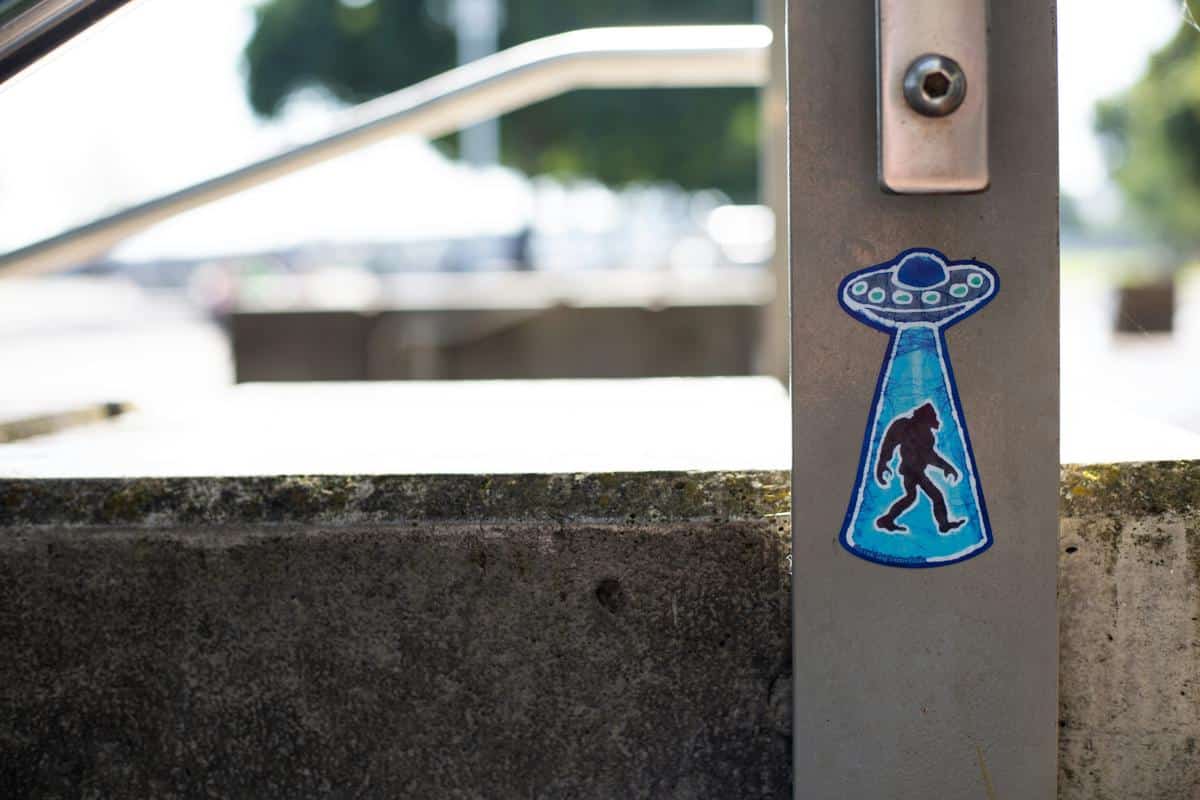
Photo by darren1303 on Unsplash
Case Studies: A Deep Dive
Turning our attention to more recent events, we examine the Stephenville Lights phenomenon of 2008. Situated in Texas, this small town of approximately 17,000 people became a focal point of UFO research due to mass sightings of unusual aerial phenomena. Witnesses reported seeing large, silent objects traversing the skies at incredibly high speeds, often coupled with strange bright lights. Applying rigorous scientific methodology, researchers analyzed radar data obtained from the FAA. The scrutinized data showed uncorrelated targets that could not be easily dismissed as conventional aircraft or known atmospheric phenomena. These findings underline the significance of acquiring and analyzing empirical data in studying exceptional sky phenomena.
In another significant event a decade later, several pilots reported sightings of unidentified aerial phenomena off the coast of Ireland in 2018. The pilots reported observing high-speed bright objects moving at seemingly impossible velocities without a discernible propulsion system. Air traffic control was unable to detect these alleged objects on their radar screens. As with the Stephenville case, a thorough analysis of the radar data and weather conditions prevalent at the time, coupled with pilots’ testimonies, can provide valuable insights and help formulate theories about the nature of these phenomena.
Under the expansive U.S. skies, in the era of advanced technology, another curious incident was reported in 2008, famously known as the needlegate in New Jersey. People across the region reported sightings of ‘strange lights in formation,’ kindling a captivated public interest, leading to a complete shutdown of the Newark Liberty International Airport. The investigation unfolded a benign explanation of a party get-together igniting Chinese lanterns reflecting off the atmospheric conditions. This indicates the increasing need for understanding environmental elements and their role in possibly creating illusions of unidentified aerial phenomena.
The metamorphosis of technology and the rise of social media lead to a drastic increase in public reportage of sky phenomena, demonstrating when the 2017 Pentagon UFO videos were released by the United States Department of Defense. These videos showed pilots engaging with fast-moving, rotating objects that didn’t display traditional flight character. The analysis of these sightings by experts has led to the potential theory of gravitational field propulsion. The exploration of such extraordinary concepts expands the boundaries of current scientific understanding and offers promising avenues for future research.
Ironically, in many instances, it is the conventional and often dismissed explanation that requires the furthest stretch of the imagination. Yet, these phenomena oblige scientists to dig deeper and understand the known laws and theories that govern the world as we experience it. The depths of such investigations offer transformative perceptions, potentially contributing to constructing new paradigms of understanding the American skies and beyond. As new events continue to unfold, the scientific community will undoubtedly spearhead the journey into uncharted territories leaving no stone unturned in the pursuit of knowledge.
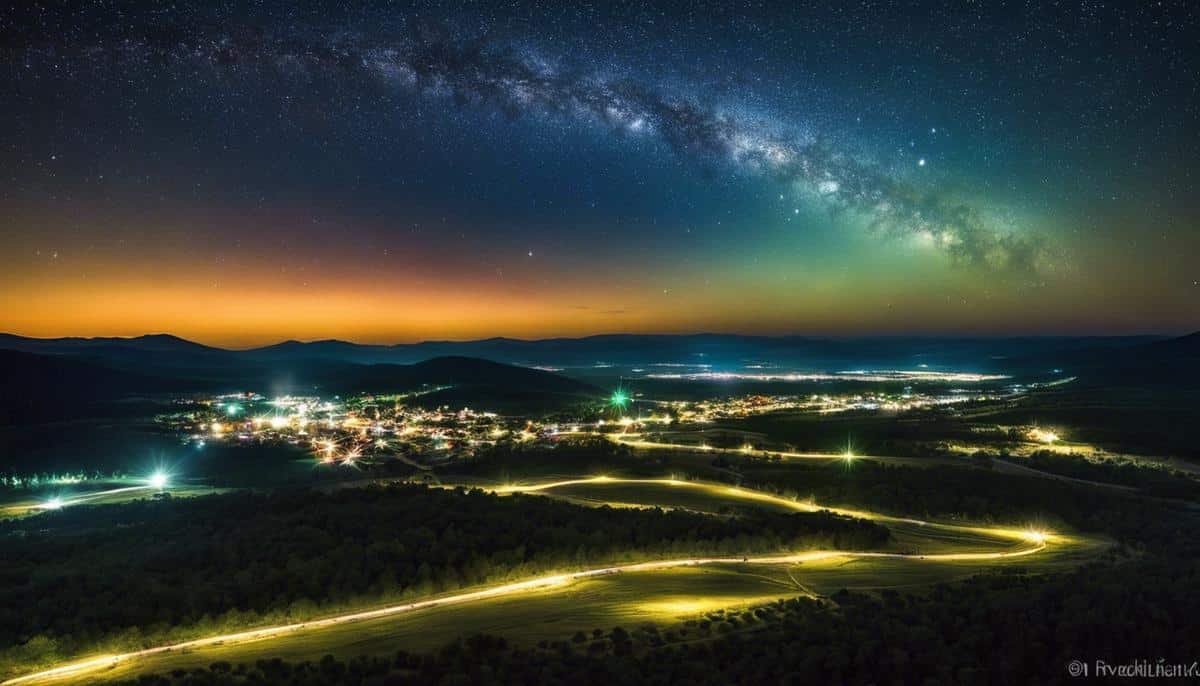
Public Response and Societal Impact
The ephemeral Stephenville Lights phenomenon, occurring in Texas in 2008, stirred up quite a conversation and speculation across American society. Multiple formations of lights without a definitive source floated above, perpetuating UFO theories and sparking interest in investigating exotic sky phenomena. Anecdotal eyewitness accounts, coupled with radar data analysis supplied by the Federal Aviation Administration, posed more questions than answers, further driving societal fascination and a surge in public reportage due to technology advancements and social media accessibility.
Another remarkable incident that drew considerable attention occurred just off Ireland’s coast in 2018, when commercial airline pilots reported sightings of high-speed unidentified aerial phenomena. Post-incident, it was critical to consider radar data scrutiny, weather conditions, and pilot testimonies in constructing a realistic understanding of the happenings. While some called it a brush with extraterrestrial entities, an objective, scientific perspective leans more toward natural explanations or aircrafts unnoticed in commercial flight paths.
The enigmatic “needlegate” incident in New Jersey in 2008 likewise sparked a throughline of public curiosity. Eyewitnesses reported strange lights moving in formation above, bewildering onlookers. Were they UFOs or mere illusions generated by particular environmental factors perfectly coalescing? Rigorous scientific examination, accounting for illusions potentially induced by environmental factors, illuminated the situation, though absolute clarity remains an enigmatic pursuit.
An integral trigger in shifting public perception towards unidentified sky phenomena occurred with the unexpected release of Pentagon’s UFO videos in 2017. Once the province of fringe theorists, these phenomena now fueled discussions among scientists and the public alike. As the videos went through subsequent analysis by scientific and military experts, the consensus swayed towards postulating advanced technology explanations unknown to contemporary understanding.
One of the theories stemming from this newfound scientific curiosity pertains to gravitational field propulsion. This theory, which suggests these unidentified aerial vehicles could defy established physics principles by manipulating gravitational fields, continues to expand the current bandwidth of scientific exploration.
Addressing these sky phenomena requires an in-depth understanding of known scientific laws and the willingness to investigate to validate or reinvent these existing theories. It’s imperative for scientists to venture beyond conventional boundaries, open to both paradigm validation and paradigm shift, while serving the public thirst for knowledge with informed and careful perspectives.
These instances reflect the transformative effect sky phenomena have had on American society, perception, and culture. Through rigorous scientific inquiry, coupled with public curiosity and advancing technology, the American skies (and beyond) continue to provoke wonder, skepticism, and intrigue, fostering a society continually reshaping its understanding of the universe we inhabit. Above all, these phenomena ignite the timeless human desire to uncover the unknown, pushing the boundaries of our collective reality.
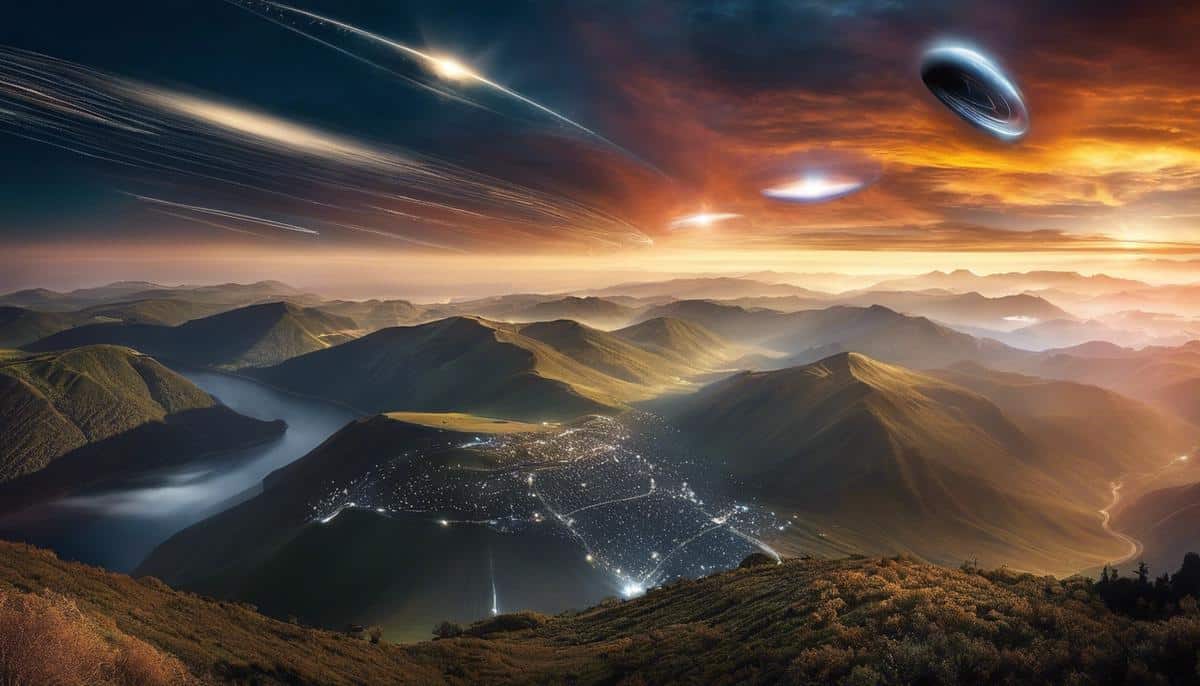
It’s fascinating to reflect upon the unusual sightings in our skies and their consequential impact on American society. These occurrences, however mysterious or inexplicable, have undeniably left deep imprints on our collective consciousness. The public response and societal impact brought about by these phenomena extend beyond just lingering curiosity – they’ve inspired cultural narratives and permeated popular media, shaping our understanding of the world above us. Whether through case studies that challenge our scientific understanding or through claims of extraterrestrial encounters that ignite our imaginations, these phenomena have irrevocably altered our perception of the celestial landscape. As we continue to gaze up at the wonders of the American sky, one is left with a sense of awe at the mysteries it holds – a testament to the insatiable human appetite for the unknown.
Steve is the creative force behind My Unique Tales, a blog dedicated to sharing captivating stories that explore the human experience in all its complexity. With a passion for writing and a talent for crafting engaging narratives, Steve's blog is a treasure trove of imaginative tales that transport readers to other worlds and challenge them to see things from new perspectives. From epic adventures to intimate character studies, Steve's stories are always thought-provoking and emotionally resonant. With a growing following of readers who appreciate his unique voice and creative vision, Steve is quickly becoming a rising star in the world of online storytelling.

